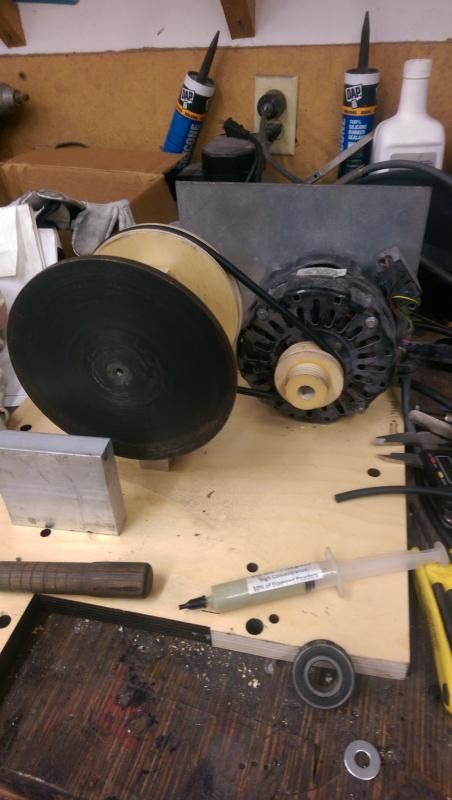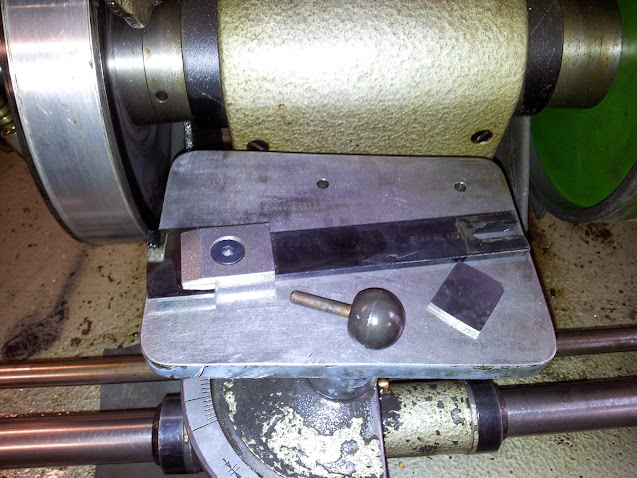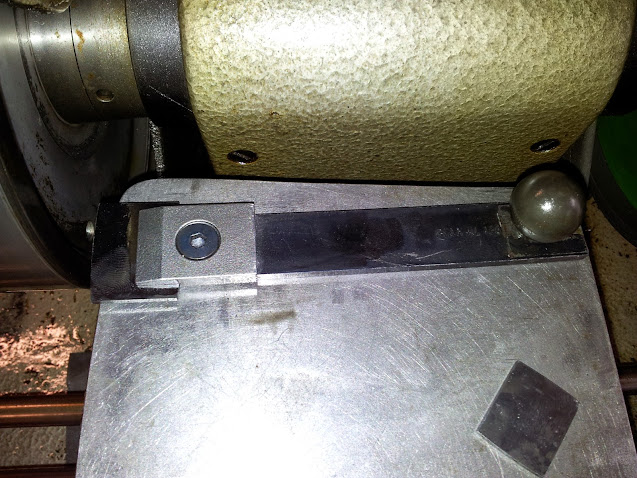Uglydog
Aluminum
- Joined
- Mar 19, 2011
- Location
- Dayton, MN, USA
Richard King,
Your scraping class in MN this fall was great!
Thank you for allowing us to use your Glendo for sharpening.
I think you observed that it might possible to fab a scraper sharpener using a diamond wheel.
Question:
Historically what was used to sharpen scrapers before diamond wheels?
Were simple fixed stones used, with possibly a jig, such as is sometimes used to hold wood plane cutters?
An Arkansas stone would make sense for HSS, but not carbide.
I'm wondering if a diamond flat stone would work until I get my diamond wheel fab done.
Suggestions?
Thank you,
Daryl
MN
Your scraping class in MN this fall was great!
Thank you for allowing us to use your Glendo for sharpening.
I think you observed that it might possible to fab a scraper sharpener using a diamond wheel.
Question:
Historically what was used to sharpen scrapers before diamond wheels?
Were simple fixed stones used, with possibly a jig, such as is sometimes used to hold wood plane cutters?
An Arkansas stone would make sense for HSS, but not carbide.
I'm wondering if a diamond flat stone would work until I get my diamond wheel fab done.
Suggestions?
Thank you,
Daryl
MN








